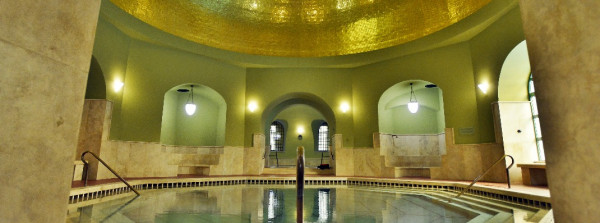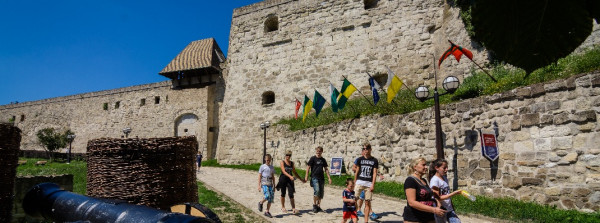Eger owes a lot to the Turkish subjugation
Many valuable buildings have survived from this era and not just anyhow! The minaret of Eger is the minaret in the best state of the country, and the Turkish bath, which still operates today, is considered one of the most beautiful.
Turkish subjugation
After the siege of 1552, the walls of the castle were seriously damaged. Reconstruction began, the number of soldiers and the supply of raw materials were increased. Although the castle was in every way better prepared to repel another Ottoman attack than before, in 1596 Eger Castle fell and the 91-year period of Turkish subjugation began. Eger has been enriched with many cultural values: in the 16th century, Pasha Arnaut built a Turkish bath on the mineral-rich spring water, and one of the city's still exciting attractions, the Minaret, was built. During the subjugation, the Turks expanded and strengthened the castle. According to legend, a Turkish garden was created at the site of one of the bastions, which was the rose garden of the Pasha of Eger. In fact, the place performed a defensive function. In 1687, the united Austro-Hungarian armies finally succeeded in recapturing the castle from the Turks.


.jpg)
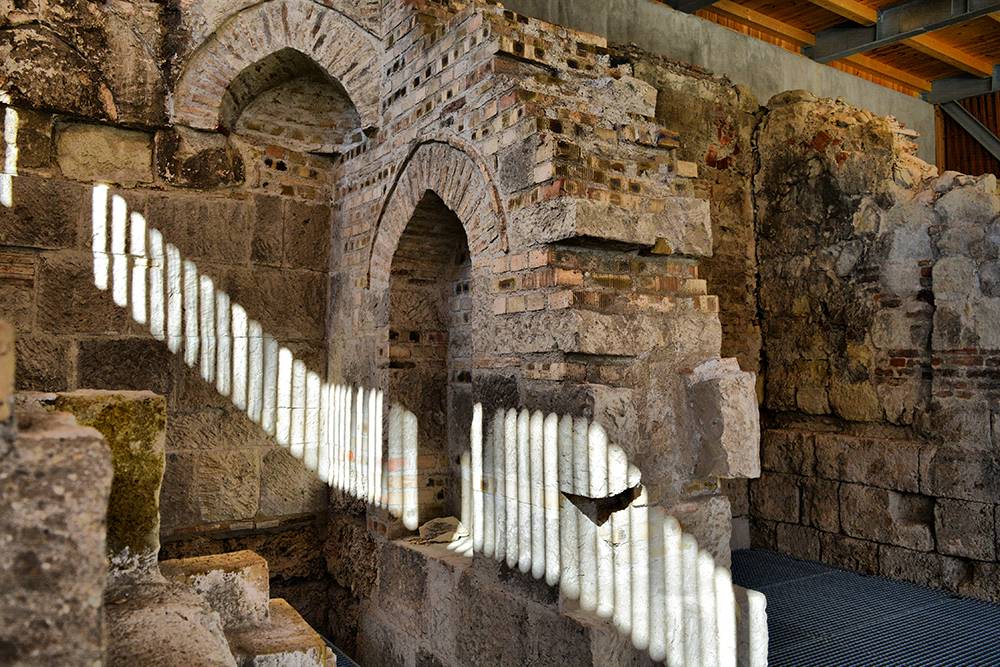
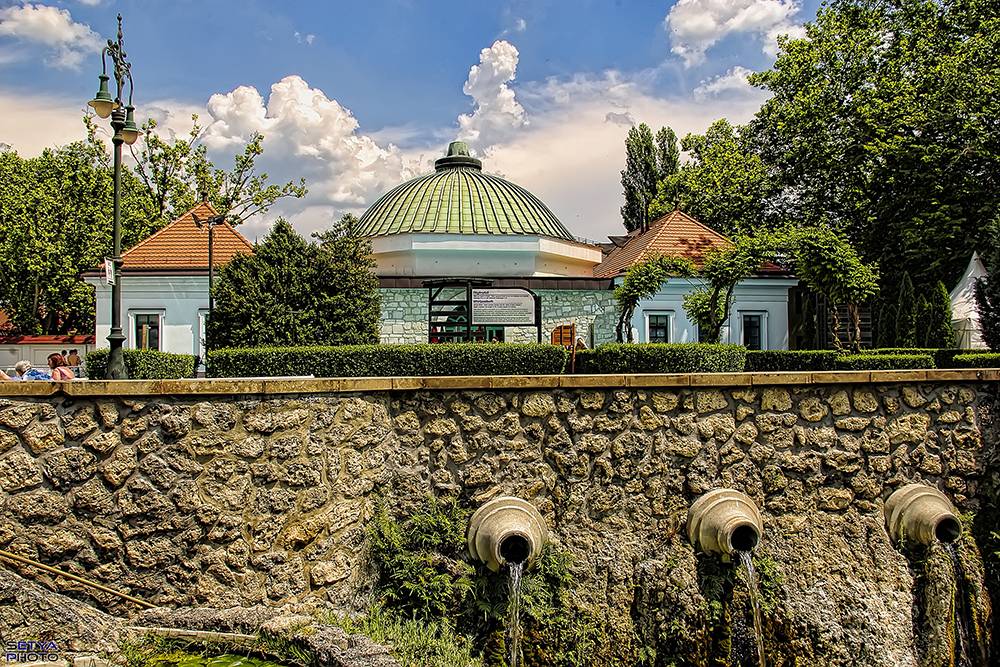
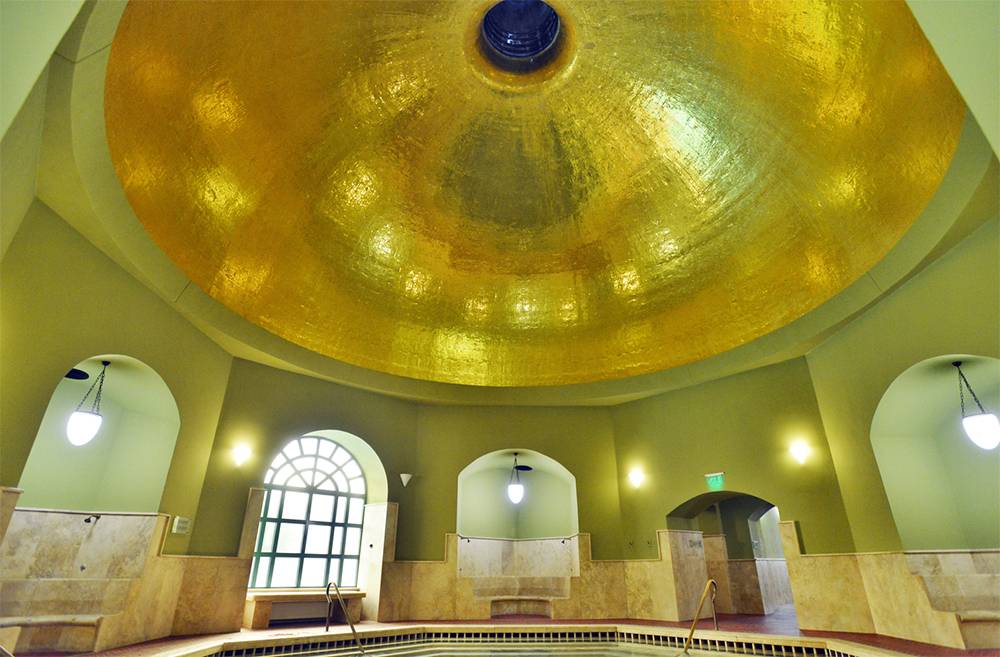
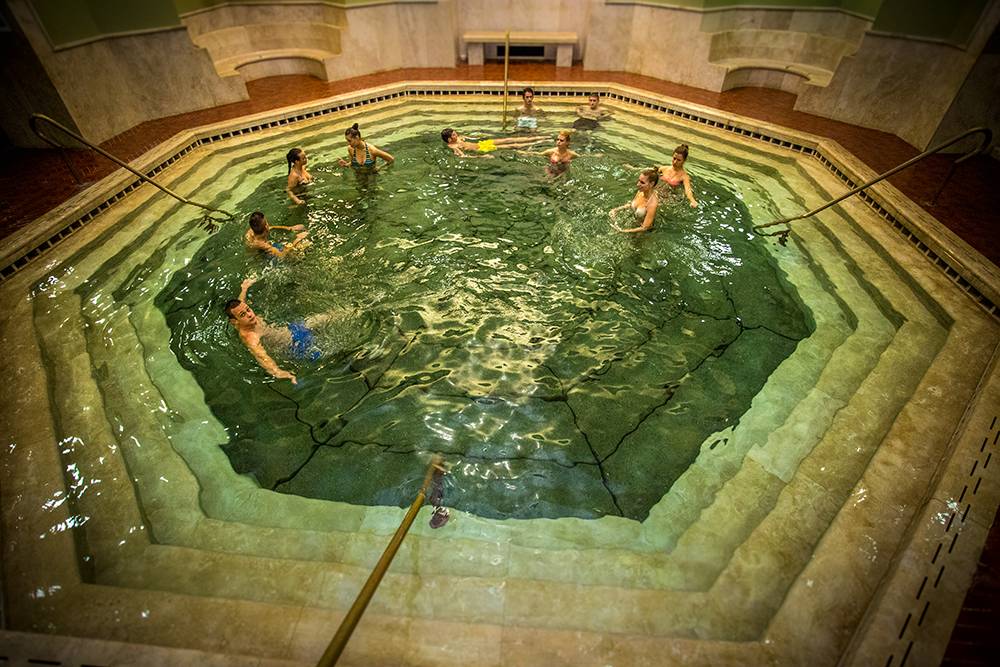
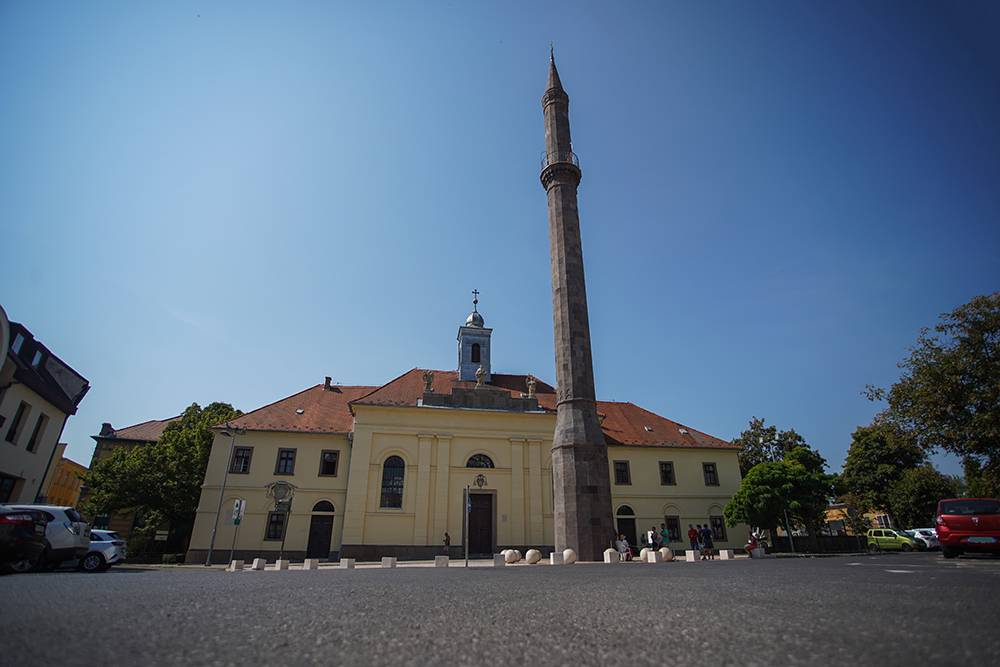
másolata.jpg)
